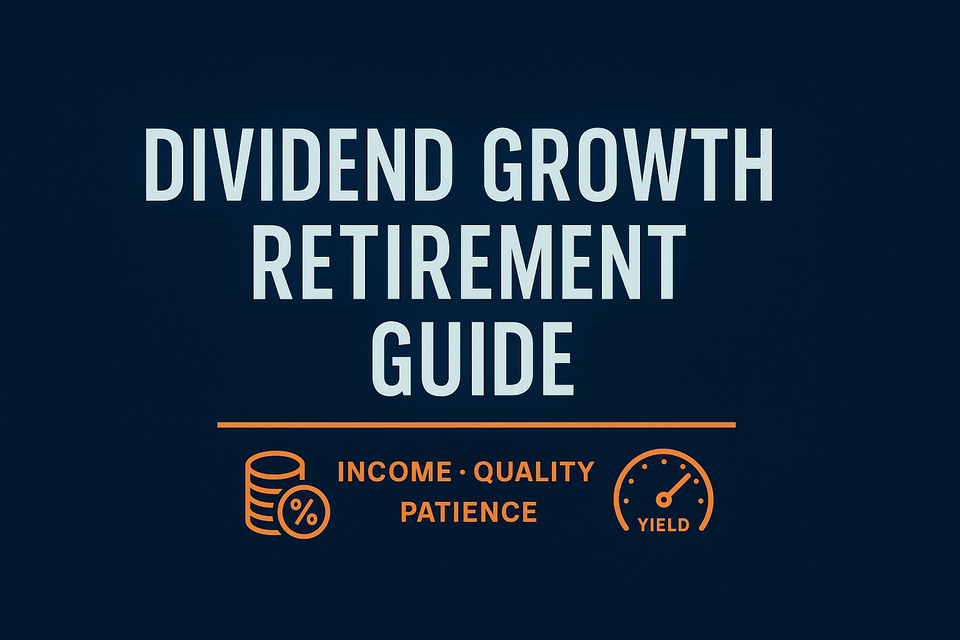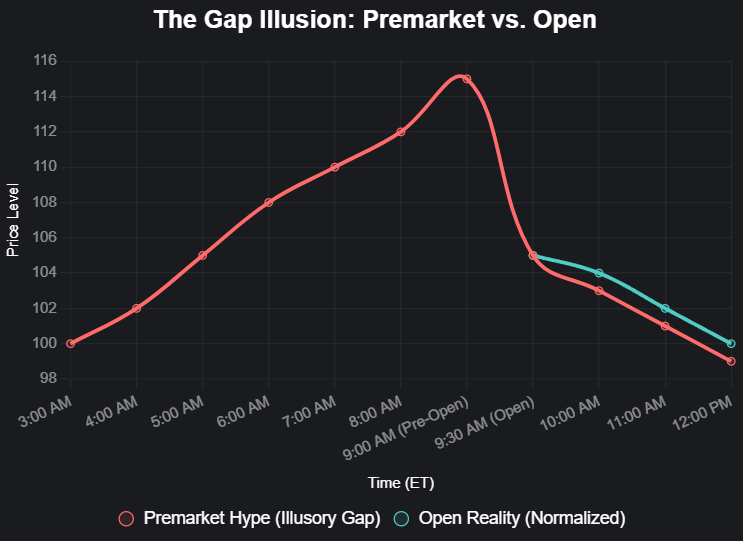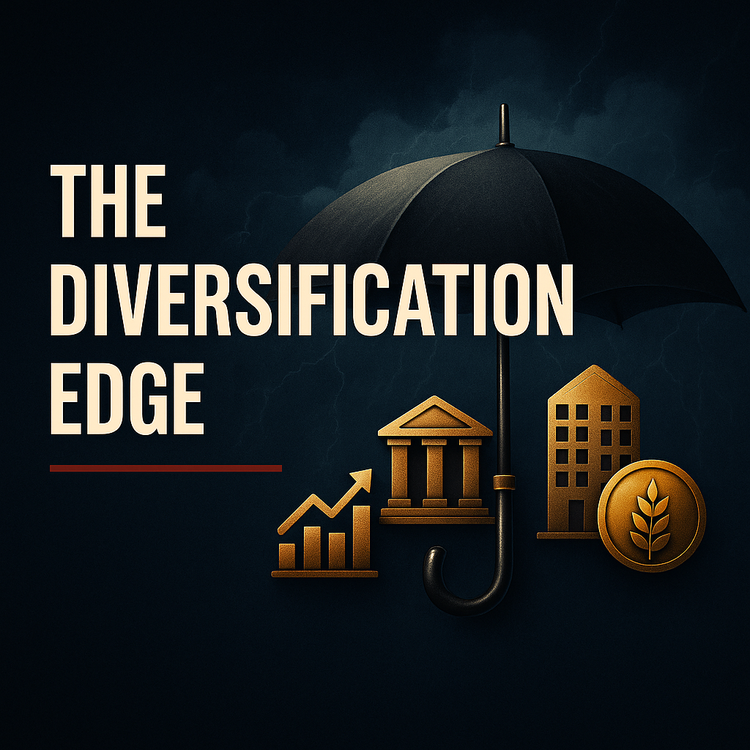Creating a Dividend Growth Portfolio for Retirement: A Practical Guide for DIY Investors

Imagine retiring with your investments churning out enough cash to cover your lifestyle, growing each year without you chasing hot stocks or timing market dips. I’ve watched this unfold for disciplined investors, turning steady contributions into reliable income streams. From 1926 to 2023, dividends accounted for over 40% of the S&P 500’s total returns (Source: SEC, 2024). That’s not just price gains—it’s real money hitting your account, often outpacing inflation.
Most DIY investors get tripped up chasing high-yield stocks that promise big payouts but crumble under pressure, slashing dividends when earnings tank. This leads to missed income and forced sales at lousy prices. By the end, you’ll know exactly how to build a dividend growth portfolio that delivers steady, rising cash flow for retirement, grounded in fundamentals, not hype.
Why Dividends Matter
Dividend growth investing means buying into companies that not only pay dividends but raise them consistently, ideally year after year. These aren’t the flashy high-yielders that tempt with 8% payouts but cut them when profits dry up. Instead, you’re looking at businesses with strong balance sheets, like consumer staples or healthcare giants, that increase dividends through recessions and booms alike.
The beauty here is the edge over inflation. If a company boosts its dividend by 5% annually while inflation runs at 3%, your purchasing power grows. I’ve seen this in my own holdings—steady payers like Procter & Gamble keep cash flowing, letting you sleep easier during market swings. Unlike speculative bets, these companies lean on solid cash flows, not market moods.
Pick Quality First
Start by targeting companies with a decade or more of dividend increases—think of them as businesses that treat shareholders like partners. A key metric is the payout ratio, which shows what portion of earnings goes to dividends. A ratio below 60% is sustainable, leaving room for reinvestment (Source: SEC, 2024). Chasing yields above 6% often backfires; high payouts can signal a company stretched thin, ready to cut when times get tough.
Don’t just grab any stock with a low payout ratio. Check free cash flow—money left after expenses—to ensure the dividend is backed by real earnings. I’ve watched investors ignore this and buy into firms that looked cheap but were bleeding cash, costing them years of growth when dividends stalled.
Spread the Risk
No single sector has a lock on dividend growth. You want exposure to different industries—healthcare, utilities, tech, consumer goods—to avoid being wiped out by a sector slump. For example, when tech faltered in the early 2000s, consumer staples held firm. A balanced mix of 10 to 15 stocks smooths out the bumps.
If picking stocks feels like work, consider a dividend growth ETF like the Vanguard Dividend Appreciation ETF (VIG). It holds a basket of proven growers, saving you the hassle of researching each company. I’ve used these myself when time was tight, and they deliver without the guesswork.
Reinvest for Power
Early on, reinvesting dividends is your secret weapon. Each payment buys more shares, which generate more dividends, creating a compounding snowball. I’ve seen modest portfolios double in a decade just by letting dividends work, without adding fresh cash. In retirement, you can flip the switch and take the payouts as income.
This approach isn’t without trade-offs. Dividend stocks can lag in roaring bull markets when growth names soar. During the 2020 tech rally, dividend payers trailed badly. But when markets crash, these stocks often hold steadier, sparing you the panic that forces bad sales. Bail too early, and you miss the compounding that drives long-term wealth.
A Real-World Picture
Take a $100,000 portfolio split across 10 companies like Johnson & Johnson, Microsoft, and Coca-Cola, each with over a decade of dividend hikes averaging 7% annually. At a 2.5% starting yield, you’d pocket $2,500 in year one. By year five, those raises push your income to about $3,500 without adding a dime. Reinvest, and your portfolio could hit $200,000 in 10 years, assuming modest price growth.
Now, the downside: in a 2008-style crash, your portfolio might drop 30%, more than a growth-heavy one in some cases. But hold firm, and the rising dividends keep compounding, often recovering faster than the broader market. In 2009, dividend growers bounced back with 10% gains while others lagged. As I covered in my post about compounding dividends (#), sticking with this strategy through volatility is what separates winners from losers.
Ignore the Noise
Forget the hype around sky-high yields or market-timing tricks. High-yield stocks often cut payouts when earnings dip, leaving you high and dry. And trying to buy the dip with dividend stocks usually backfires—you’re better off holding steady than guessing bottoms. I’ve seen friends chase these traps, only to lose 20% or more when the “deal” collapsed.
Complex jargon that doesn’t translate to cash flow is another distraction. Focus on what hits your account and grows over time. If you’re new to building portfolios, my guide on creating a simple diversified stock portfolio (#) can help you start without getting lost in Wall Street spin.
This strategy thrives on discipline, not luck. During bull runs, you might envy growth investors’ quick wins, but their portfolios often crash harder when sentiment shifts. Dividend growth keeps you grounded, delivering income you can count on. The cost of jumping ship? You lose the compounding that turns $100,000 into a retirement lifeline.
Get started today by identifying one company with a 10-year streak of dividend increases and a payout ratio under 60%. Pull its financials and see if the cash flow backs the dividend. Want more straightforward investing insights like this? Subscribe to get practical investment strategies delivered to your inbox—no Wall Street BS, just actionable advice for DIY investors.
Subscribe now to get no-nonsense investing strategies delivered straight to your inbox, designed for DIY investors who want real results without Wall Street spin.






Member discussion